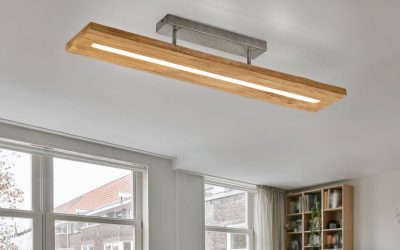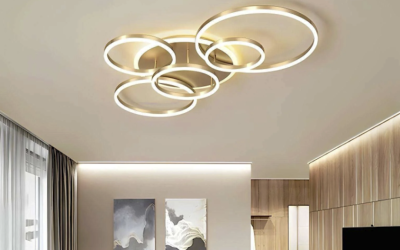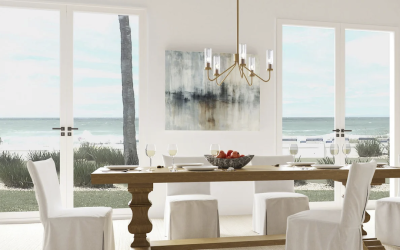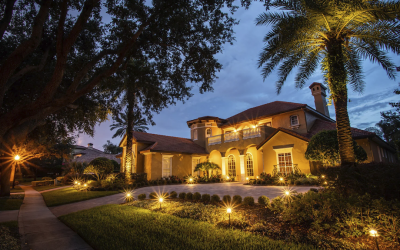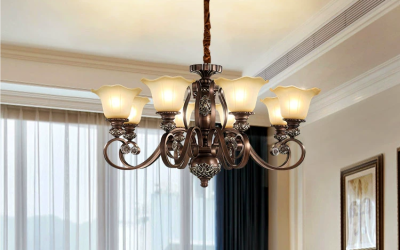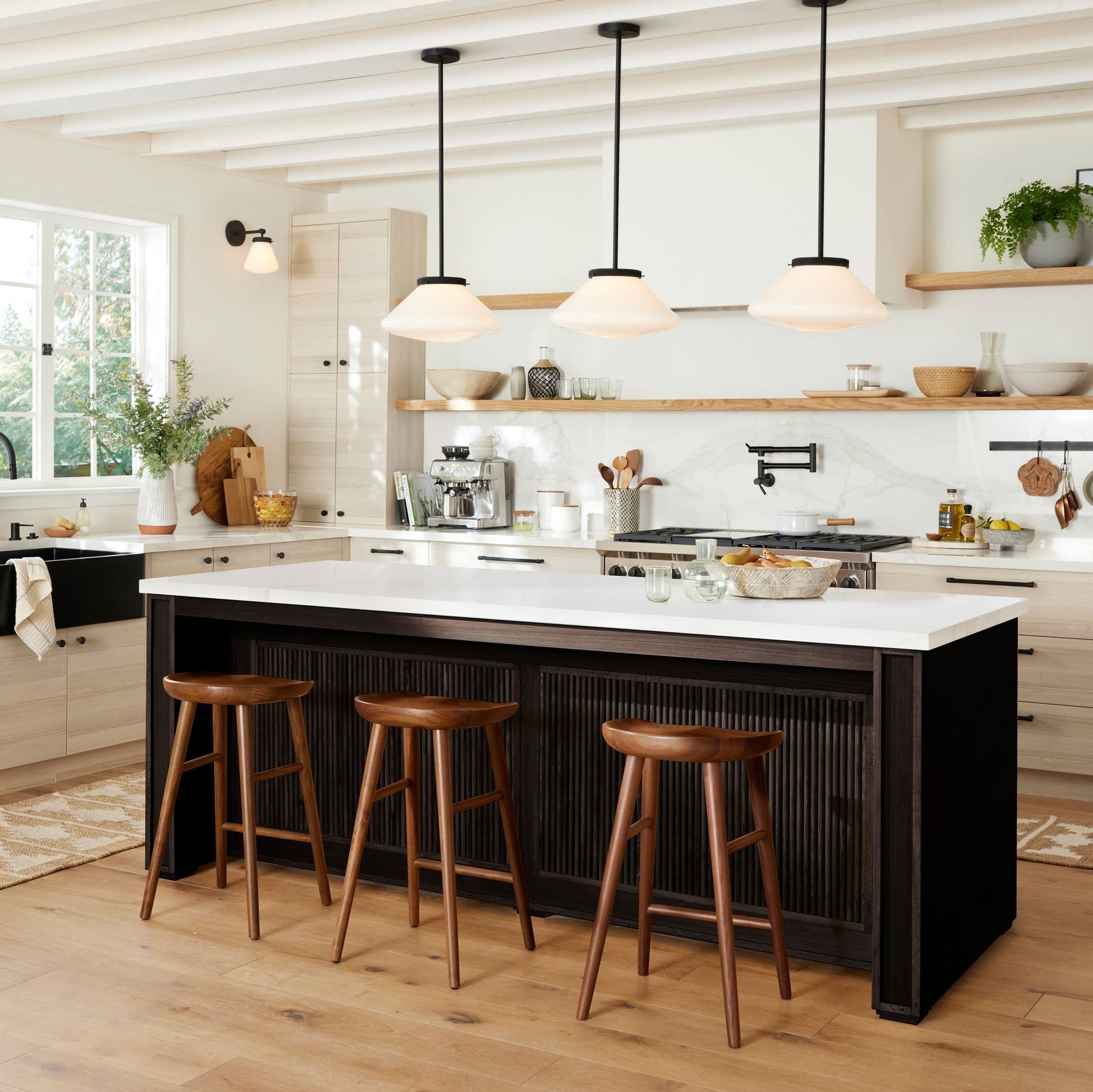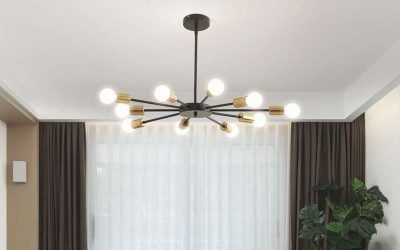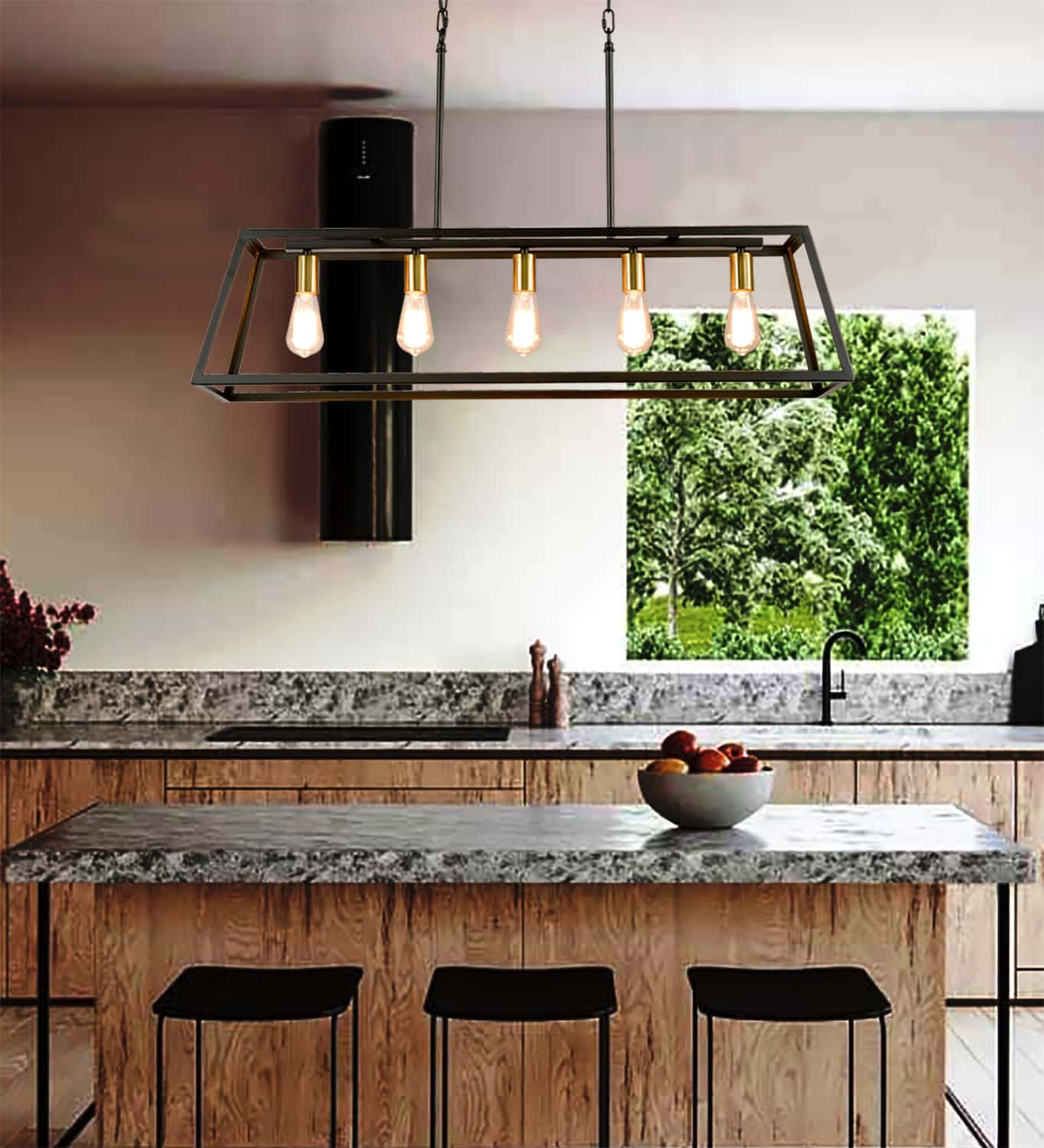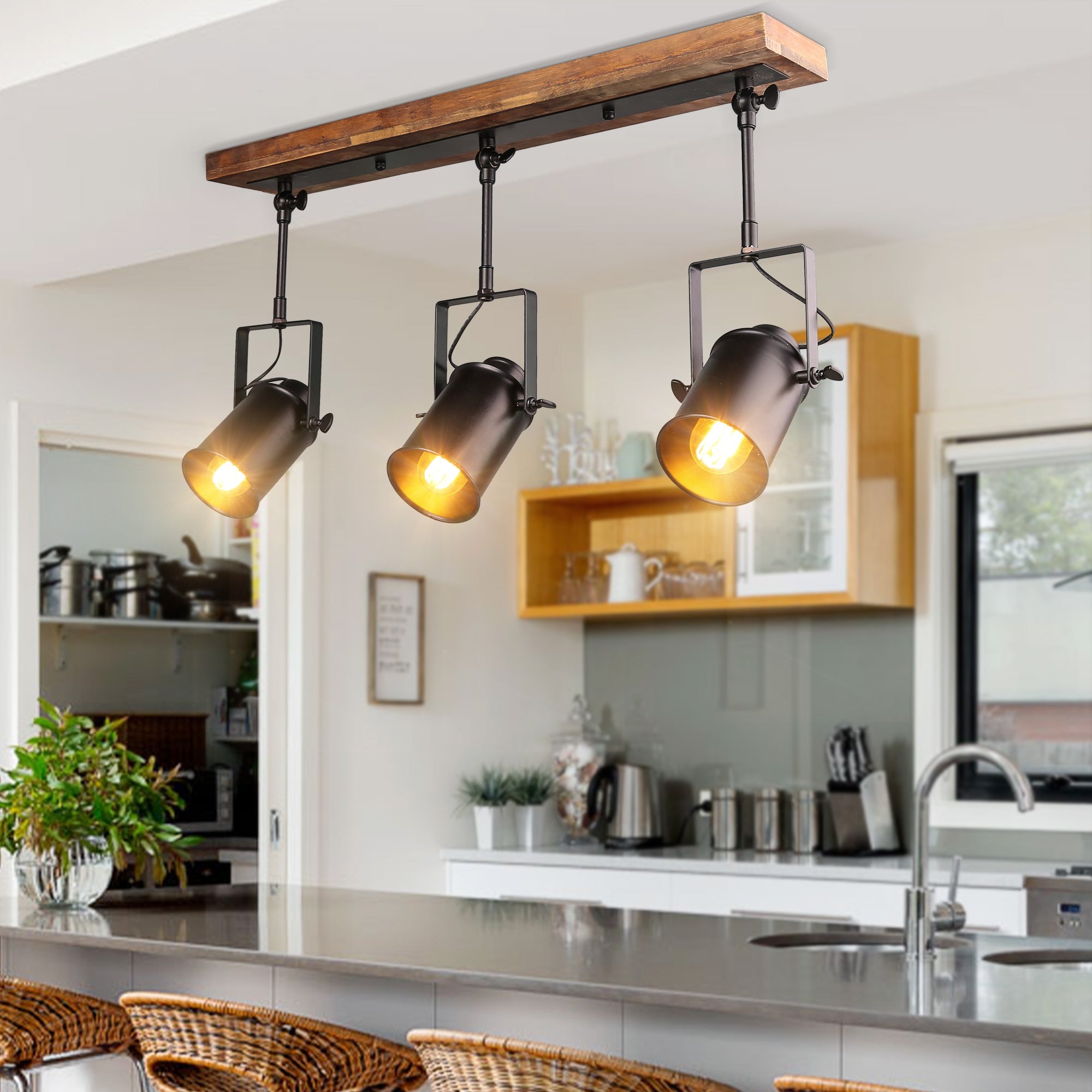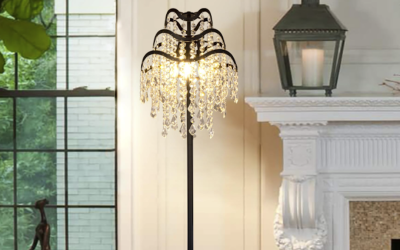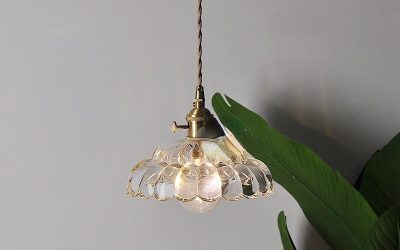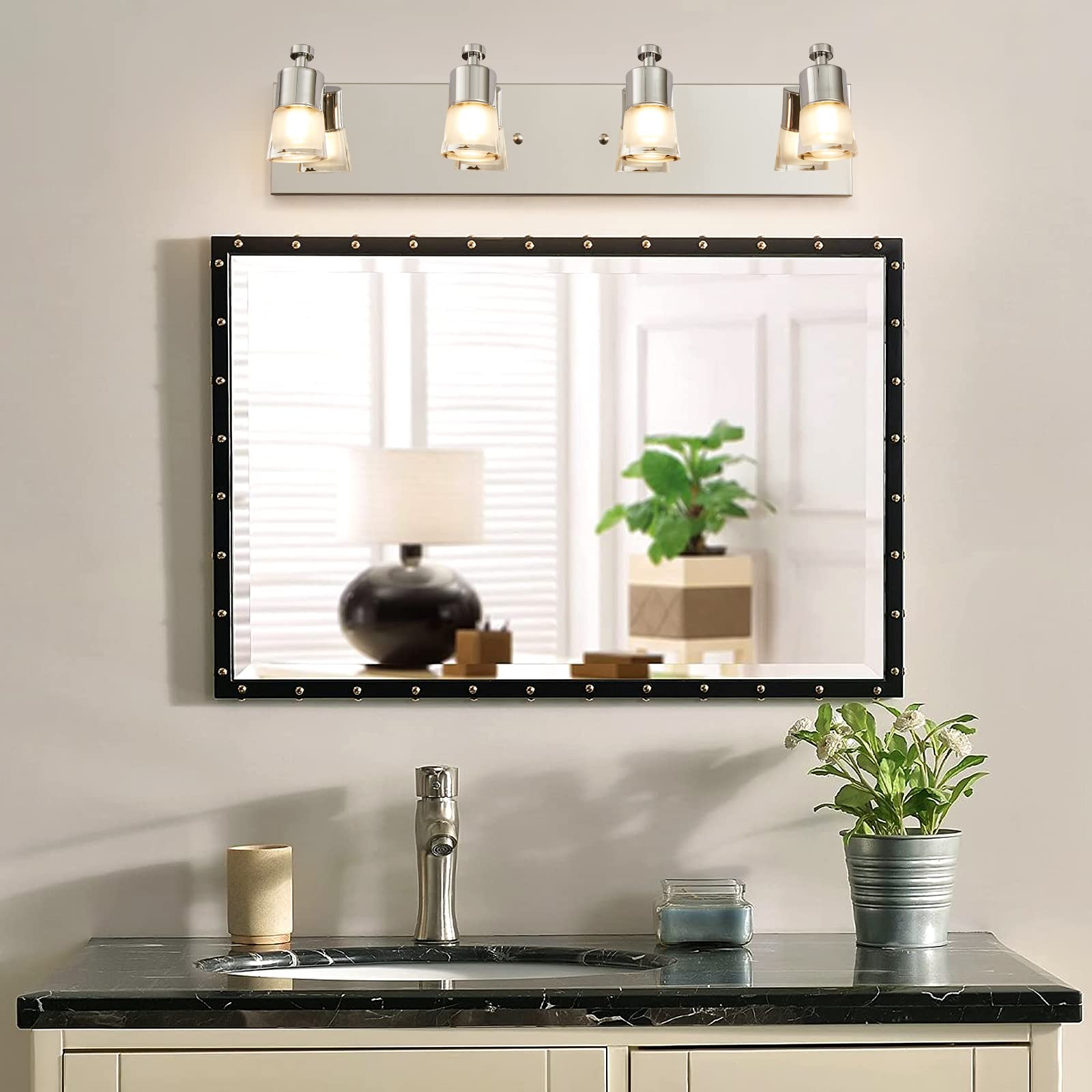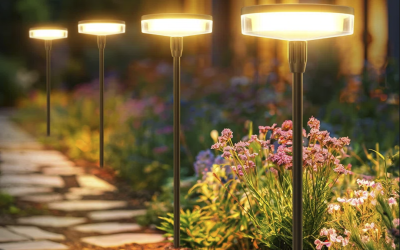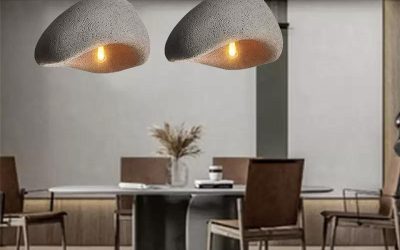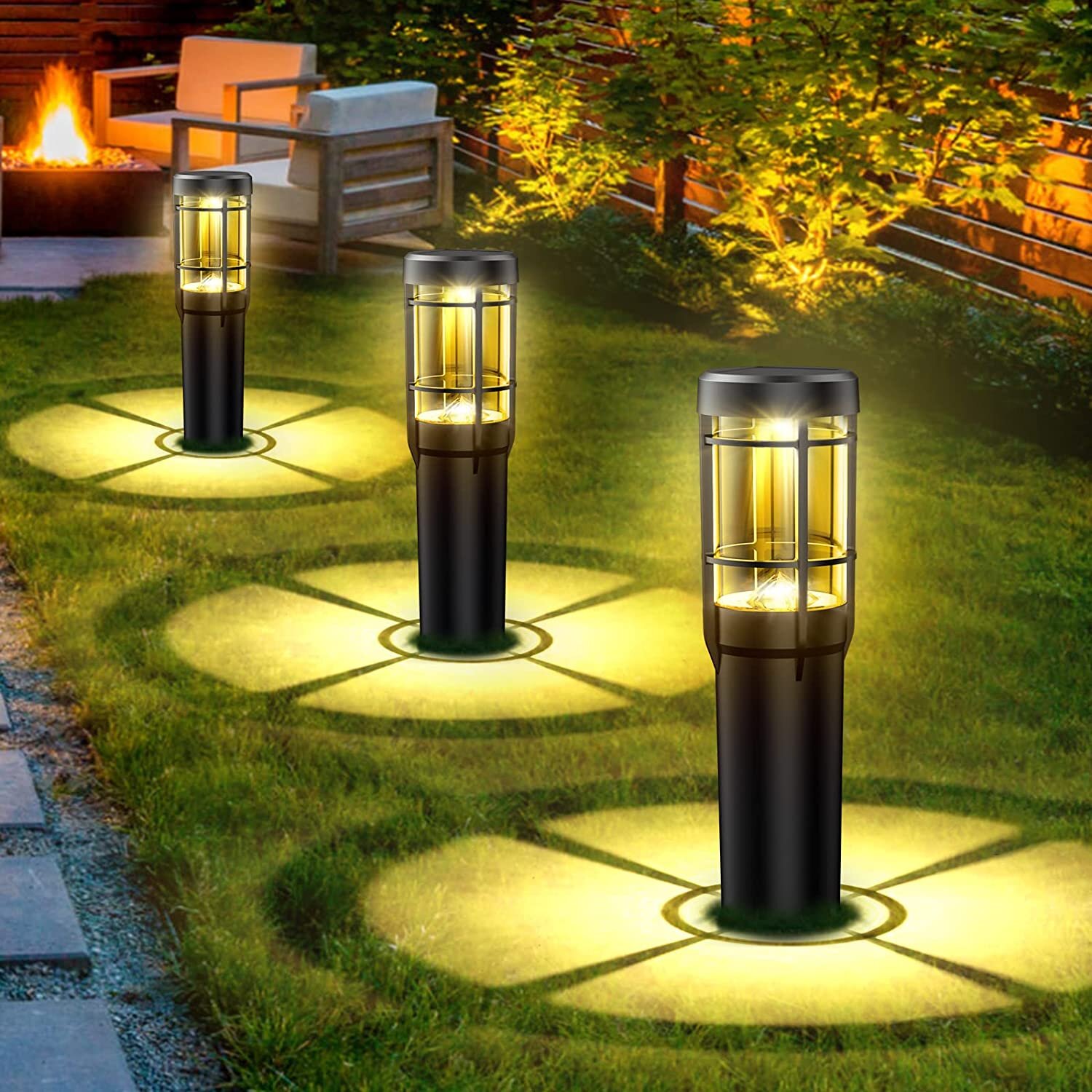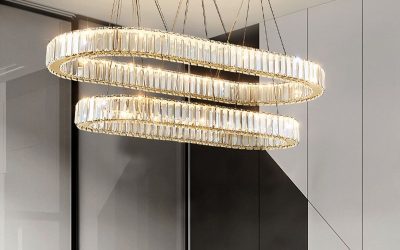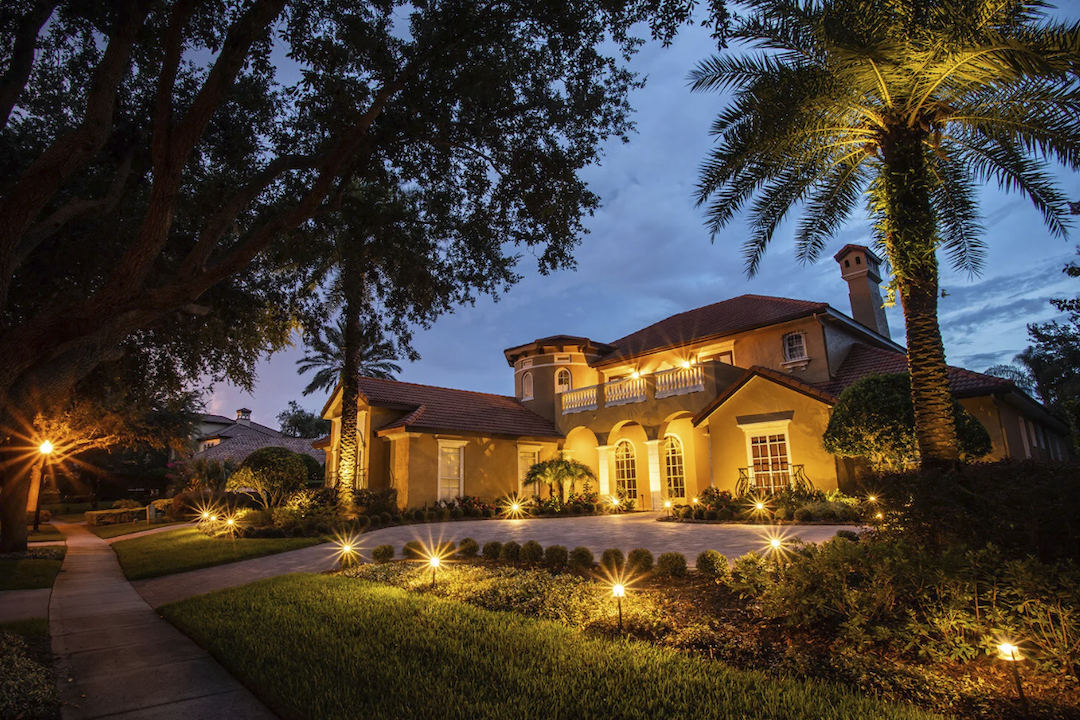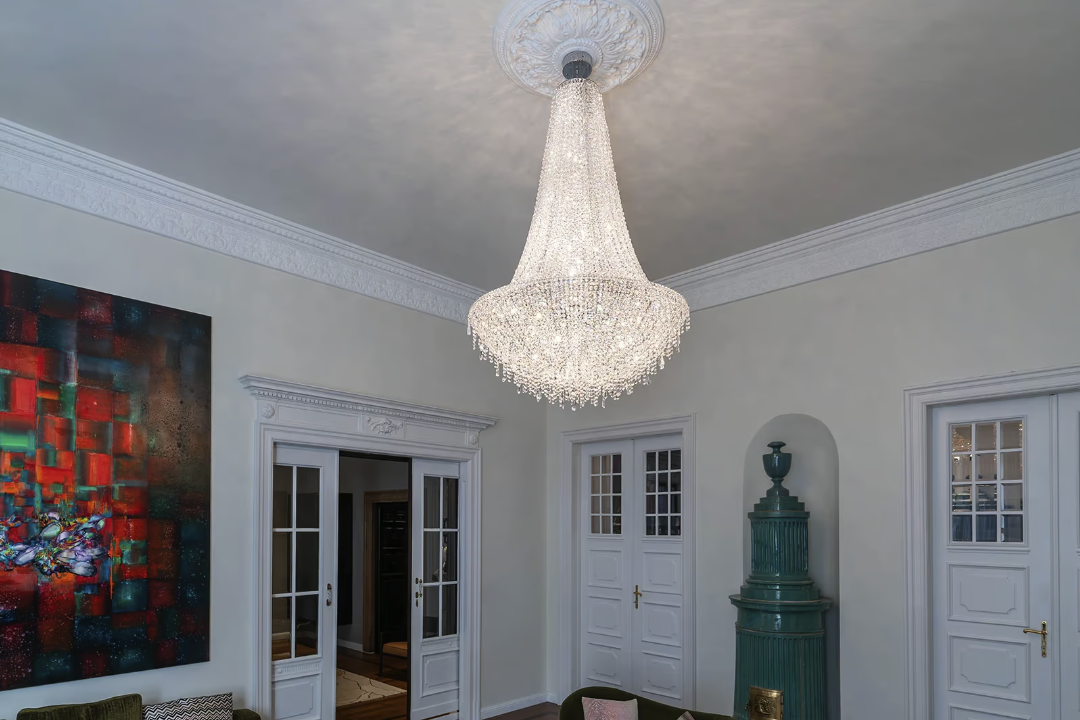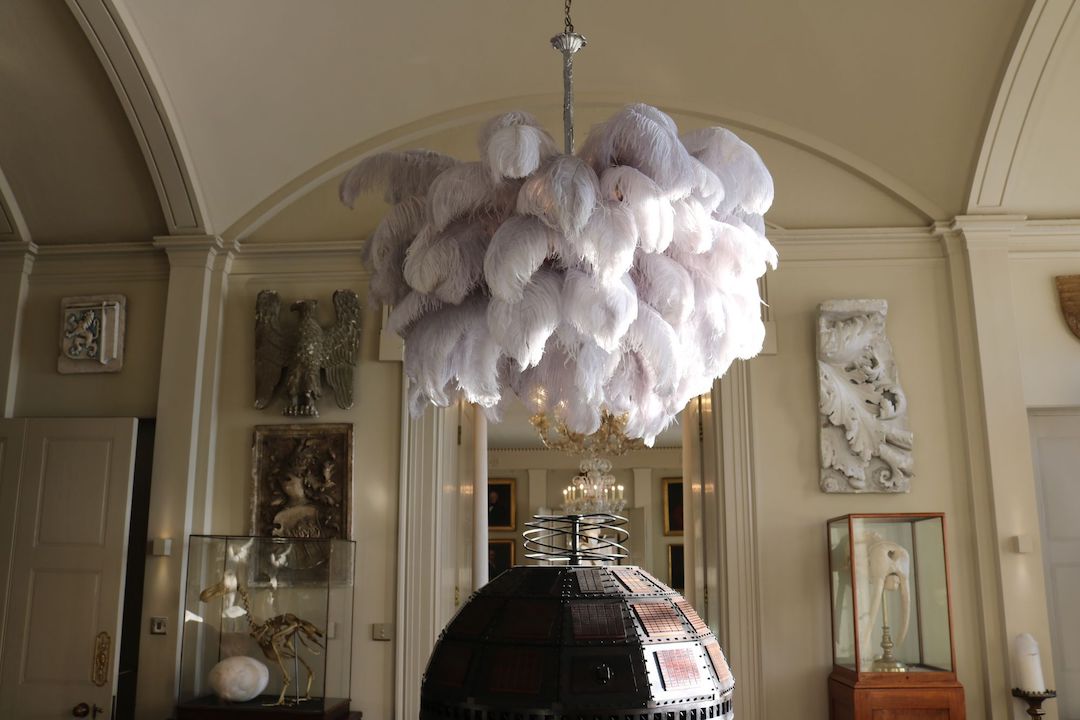Landscape lighting plays a pivotal role in enhancing the aesthetic appeal and functionality of outdoor spaces. It serves not only to illuminate pathways and gardens but also to create an inviting atmosphere that extends the usability of outdoor areas into the evening hours. Properly designed landscape lighting can transform a mundane backyard into a captivating retreat, highlighting architectural features, plants, and water elements.
The interplay of light and shadow can evoke emotions, guiding the eye to focal points and creating a sense of depth and dimension in the landscape. Moreover, landscape lighting contributes significantly to safety and security. Well-lit pathways reduce the risk of accidents, such as trips and falls, while illuminating dark corners deters potential intruders.
Homeowners can enjoy peace of mind knowing that their property is safeguarded by strategically placed lights that enhance visibility. In addition to these practical benefits, landscape lighting can also increase property value. A well-lit exterior is often more appealing to potential buyers, making it a worthwhile investment for homeowners looking to enhance their property’s marketability.
Types of Landscape Lighting
There are several types of landscape lighting Loholighting, each serving distinct purposes and offering unique aesthetic qualities. Path lights are among the most common types, designed to illuminate walkways and driveways. These fixtures typically feature a low profile and are spaced evenly along paths to provide consistent lighting.
They come in various styles, from modern to traditional, allowing homeowners to choose options that complement their overall design scheme. Spotlights and floodlights are another category of landscape lighting that focuses on highlighting specific features such as trees, sculptures, or architectural elements. Spotlights emit a narrow beam of light, making them ideal for accentuating particular objects, while floodlights provide a broader wash of light, suitable for illuminating larger areas.
Additionally, wall-mounted fixtures can be used to cast light onto surfaces like fences or walls, creating a dramatic effect that enhances the overall ambiance of the space. In recent years, string lights have gained popularity for their whimsical charm and versatility. Often used for patios or outdoor dining areas, these lights can be draped across structures or hung from trees to create a festive atmosphere.
Solar-powered lights have also emerged as an eco-friendly option, harnessing sunlight during the day to provide illumination at night without the need for electrical wiring. Each type of landscape lighting offers unique benefits, allowing homeowners to tailor their outdoor lighting design to meet specific needs and preferences.
Design Tips for Outdoor Lighting
When designing an outdoor lighting scheme, it is essential to consider both functionality and aesthetics. One effective approach is to adopt the “layering” technique, which involves combining different types of lighting to create depth and interest. For instance, ambient lighting can provide general illumination for outdoor spaces, while task lighting focuses on specific areas such as seating or cooking zones.
Accent lighting can then be used to highlight architectural features or landscaping elements, creating a harmonious balance throughout the space. Another critical aspect of outdoor lighting design is the consideration of scale and proportion. Fixtures should be appropriately sized for their surroundings; oversized lights can overwhelm a small garden, while tiny fixtures may get lost in expansive landscapes.
Additionally, the placement of lights should be strategic—placing them at varying heights can add visual interest and prevent a flat appearance. For example, uplighting trees can create dramatic shadows on nearby surfaces, while downlighting from overhead fixtures can mimic natural moonlight. Color temperature is another factor that influences the mood of an outdoor space.
Warmer tones (around 2700K) create a cozy and inviting atmosphere, ideal for entertaining areas, while cooler tones (above 4000K) can lend a more modern or clinical feel. Homeowners should also consider the impact of light pollution on their surroundings; using fixtures with shields or directing light downward can minimize glare and preserve the natural beauty of the night sky.
Energy-Efficient Lighting Options
As environmental concerns continue to rise, energy-efficient lighting options have become increasingly popular among homeowners looking to reduce their carbon footprint. LED (light-emitting diode) lights are at the forefront of this movement due to their longevity and low energy consumption. Unlike traditional incandescent bulbs that waste energy as heat, LEDs convert a higher percentage of energy into visible light, resulting in significant savings on electricity bills over time.
In addition to their efficiency, LEDs are available in various colors and styles, making them versatile for landscape applications. They can be used in path lights, spotlights, and even string lights without compromising on brightness or quality. Furthermore, many LED fixtures are now designed with smart technology capabilities, allowing homeowners to control their outdoor lighting remotely via smartphone apps or home automation systems.
This level of control not only enhances convenience but also enables users to schedule lighting based on their needs or preferences. Solar-powered lights represent another energy-efficient option for landscape lighting. These fixtures harness solar energy during the day and automatically illuminate at night without requiring electrical wiring or additional energy sources.
While solar lights may not provide the same intensity as wired options, advancements in technology have led to improved performance and brightness levels. They are particularly well-suited for areas where running electrical lines would be impractical or costly.
Safety and Security with Landscape Lighting
The safety benefits of landscape lighting cannot be overstated. Properly illuminated pathways and steps significantly reduce the risk of accidents by providing clear visibility for those navigating outdoor spaces after dark. Homeowners should prioritize lighting along walkways, stairs, and entrances to ensure that guests can move safely around the property.
Additionally, using motion-sensor lights can enhance safety by automatically illuminating areas when movement is detected, providing an extra layer of security. Beyond safety concerns related to navigation, landscape lighting also plays a crucial role in deterring crime. A well-lit exterior makes it more challenging for intruders to approach undetected.
By illuminating entry points such as doors and windows with bright lights or motion sensors, homeowners can create an unwelcoming environment for potential trespassers. Furthermore, strategically placed floodlights can illuminate dark corners or blind spots around the property that might otherwise provide cover for unwanted visitors. Incorporating smart technology into landscape lighting systems can further enhance security measures.
Homeowners can set timers or schedules for their outdoor lights to mimic occupancy when they are away from home. This tactic creates the illusion that someone is present, which can deter criminal activity. Additionally, integrating security cameras with outdoor lighting systems allows for real-time monitoring and alerts when motion is detected.
Maintenance and Upkeep of Landscape Lighting
Maintaining landscape lighting is essential for ensuring its longevity and optimal performance over time. Regular inspections should be conducted to check for any damaged fixtures or wiring issues that may arise due to weather conditions or wear and tear. Cleaning fixtures periodically is also crucial; dirt and debris can accumulate on lenses and reduce light output significantly.
A simple solution involves using a soft cloth or sponge with mild soap and water to gently clean the surfaces without scratching them. For homeowners utilizing solar-powered lights, it is important to ensure that solar panels remain unobstructed by leaves or debris that could hinder their ability to charge effectively during the day. Regularly trimming nearby foliage will help maintain optimal performance levels throughout the seasons.
Additionally, replacing batteries in solar lights as needed will ensure they continue functioning efficiently. For wired systems, checking connections and ensuring that bulbs are replaced promptly when burned out will help maintain consistent illumination across the landscape. Homeowners should also consider seasonal adjustments; for instance, repositioning lights during winter months when trees may lose leaves can help maintain effective lighting coverage in changing conditions.
In conclusion, landscape lighting is an essential component of outdoor design that enhances beauty while providing safety and security benefits. By understanding the various types available and implementing thoughtful design strategies alongside energy-efficient options, homeowners can create inviting outdoor spaces that are both functional and aesthetically pleasing. Regular maintenance ensures these systems remain effective over time, allowing homeowners to enjoy their illuminated landscapes for years to come.



